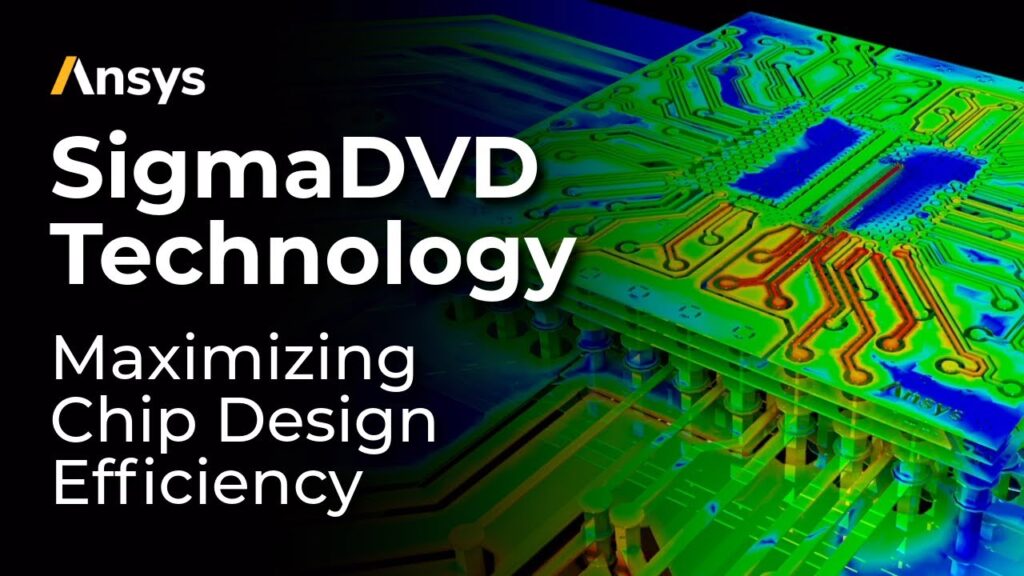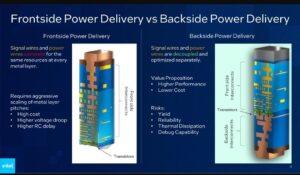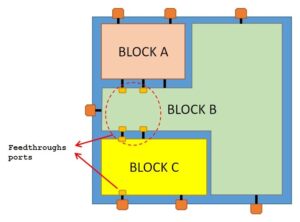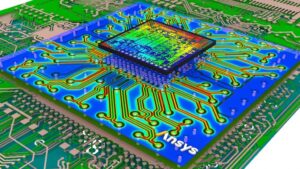Often times, the Power Integrity signoff engineer is left to himself asking this question.
VCD or Vectorless?
Which one to use and when?
VCD used should be generated by using post-SDF back-annotated delay models and should provide START-time and END-times for the timing windows with the highest switching activity captured. Also, there should be several use-case VCDs generated for scan mode, test-mode and functional modes.
Vectorless IR drop analysis is generally considered ideal for early-stage power grid validation due to its speed, while VCD-based is reserved for signoff to capture workload-specific effects.
For example, we should use vectorless to check global IR drop during floorplanning but switch to VCD-based for CPU core signoff.
Here’s a concise comparison of Vectorless IR Drop Analysis and VCD-based IR Drop Analysis, highlighting their advantages, disadvantages, and best-use cases in ASIC physical design:

1. Vectorless IR Drop Analysis
Advantages:
- Speed:
- No need for simulation vectors → faster (minutes vs. hours/days).
- Ideal for early design stages (floorplanning, power grid prototyping).
- Worst-Case Coverage:
- Uses current density models (e.g., uniform switching activity) to identify potential hotspots.
- Conservative but safe for initial power grid validation.
- Tool Examples:
- Cadence Voltus (Vectorless EM/IR), Ansys RedHawk (Static IR).
Disadvantages:
- Less Accurate:
- Overestimates IR drop by assuming peak simultaneous switching (rare in real workloads).
- Misses spatial/temporal current variations.
- No Temporal Data:
- Cannot model time-dependent effects (e.g., clock gating, burst activity).
When to Use:
- Early design phases (pre-RTL).
- Quick checks on power grid robustness.
2. VCD-Based IR Drop Analysis
Advantages:
- High Accuracy:
- Uses real switching activity from VCD/SAIF files → models dynamic current profiles.
- Captures temporal/spatial correlations (e.g., clock gating, pipeline stalls).
- Scenario-Specific:
- Validates IR drop for specific workloads (e.g., bootup, benchmarks).
- Identifies localized drop from switching hotspots (e.g., ALUs, caches).
- Tool Examples:
- Ansys RedHawk (Dynamic IR), Synopsys PrimePower + Voltus.
Disadvantages:
- Slow:
- Requires gate-level simulations → computationally expensive.
- VCD file generation and parsing take significant time.
- Vector Dependency:
- Accuracy depends on input stimulus quality (may miss worst-case scenarios).
- Storage:
- Large VCD files (TB-scale for full-chip simulations).
When to Use:
- Signoff validation (tapeout).
- Critical blocks with known power patterns (e.g., CPUs, GPUs).
3. Key Tradeoffs
| Metric | Vectorless | VCD-Based |
|---|---|---|
| Speed | ⚡ Fast (minutes) | 🐢 Slow (hours/days) |
| Accuracy | Low (false positives) | High (workload-specific) |
| Use Case | Early design, grid prototyping | Signoff, critical blocks |
| Tool Overhead | Low (no simulations) | High (VCD/SAIF generation) |
4. Practical Recommendations
Hybrid Approach:
- Use vectorless for initial power grid design.
- Refine with VCD-based analysis for critical paths.
Smart VCD Sampling:
- Generate VCDs for key scenarios (e.g., peak activity windows) to reduce runtime.
Tool Commands:
- Vectorless (Cadence Voltus):
tcl analyze_power -vectorless -scenario worst_case - VCD-Based (Ansys RedHawk):
tcl analyze_power -vcd activity.vcd -start_time 0ns -end_time 100ns
5. Emerging Trends

What is SigmaDVD?
SigmaDVD (Statistical Iterative Vectorless Dynamic Voltage Drop) and its role in capturing diverse switching scenarios for IR drop analysis, along with its advantages and limitations in modern ASIC design:
SigmaDVD is an advanced vectorless IR drop analysis methodology that combines statistical switching activity with spatial-temporal current modeling to predict dynamic voltage drop more accurately than traditional vectorless approaches. It’s used in tools like Ansys RedHawk-SC and Cadence Voltus.
Key Innovations:
- Statistical Switching: Models activity as probability distributions (not just worst-case).
- Iterative Refinement: Re-evaluates IR drop based on localized switching correlations.
- Scenario Coverage: Captures multiple switching modes (idle, burst, peak) without exhaustive VCD simulations.
2. Advantages of SigmaDVD
A. Broader Scenario Coverage
- Captures “Gray Cell” Activity:
Traditional vectorless assumes all cells switch simultaneously (overly pessimistic). SigmaDVD models spatial switching correlations (e.g., neighboring cells are less likely to switch at the same time). - Multi-Mode Analysis:
Evaluates IR drop for: - Peak activity (e.g., CPU turbo mode).
- Bursty traffic (e.g., cache accesses).
- Idle states (clock-gated regions).
B. Improved Accuracy
- Reduces False Positives:
Unlike conservative vectorless methods, SigmaDVD avoids overestimating IR drop by statistically weighting switching probabilities. - Temporal Granularity:
Splits analysis into time windows (e.g., clock cycles) to mimic dynamic behavior.
C. Runtime Efficiency
- Faster Than VCD-Based:
Avoids TB-scale VCD files but provides better accuracy than static vectorless. - Scalable for Large Designs:
Suitable for multi-core CPUs, GPUs, and 3DICs where full-chip VCD simulation is impractical.
D. Tool Integration
- Ansys RedHawk-SC:
analyze_power -sigmaDVD -scenarios {peak burst idle}- Cadence Voltus:
set_analysis_mode -sigmaDVD true3. Limitations & Challenges
A. Dependency on Activity Models
- Requires accurate switching probability models (e.g., from RTL simulations or machine learning).
- Less precise than cycle-accurate VCDs for corner-case scenarios.
B. Computational Overhead
- Slower than traditional vectorless (but still faster than VCD-based).
C. Signoff Validation
- Not a Replacement for VCD:
Still needs VCD correlation for final signoff in critical blocks (e.g., high-speed SerDes).
4. Comparison with Traditional Methods
| Feature | Traditional Vectorless | SigmaDVD | VCD-Based |
|---|---|---|---|
| Switching Model | Worst-case (100% simultaneous) | Statistical distributions | Real simulation vectors |
| Accuracy | Low (overestimates) | Medium-High | High (gold standard) |
| Runtime | Fastest | Moderate | Slowest |
| Use Case | Early design | Mid-stage refinement | Signoff |
5. Practical Applications
A. Early Power Grid Design
- Use SigmaDVD to identify weak power grid regions before tapeout.
- Example: Detecting IR drop in AI accelerator cores during floorplanning.
B. Hierarchical Analysis
- Analyze sub-blocks with SigmaDVD and integrate results into full-chip VCD analysis.
C. Thermal-Aware IR Drop
- Combine with thermal maps to model temperature-dependent resistance effects.
6. Future Directions
- ML-Augmented SigmaDVD:
Tools are integrating machine learning to predict switching probabilities from partial RTL simulations. - 3DIC Support:
Extending SigmaDVD to model TSV-based power delivery in stacked dies.






